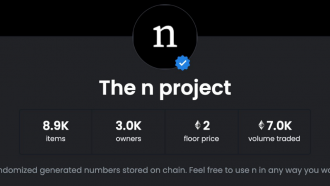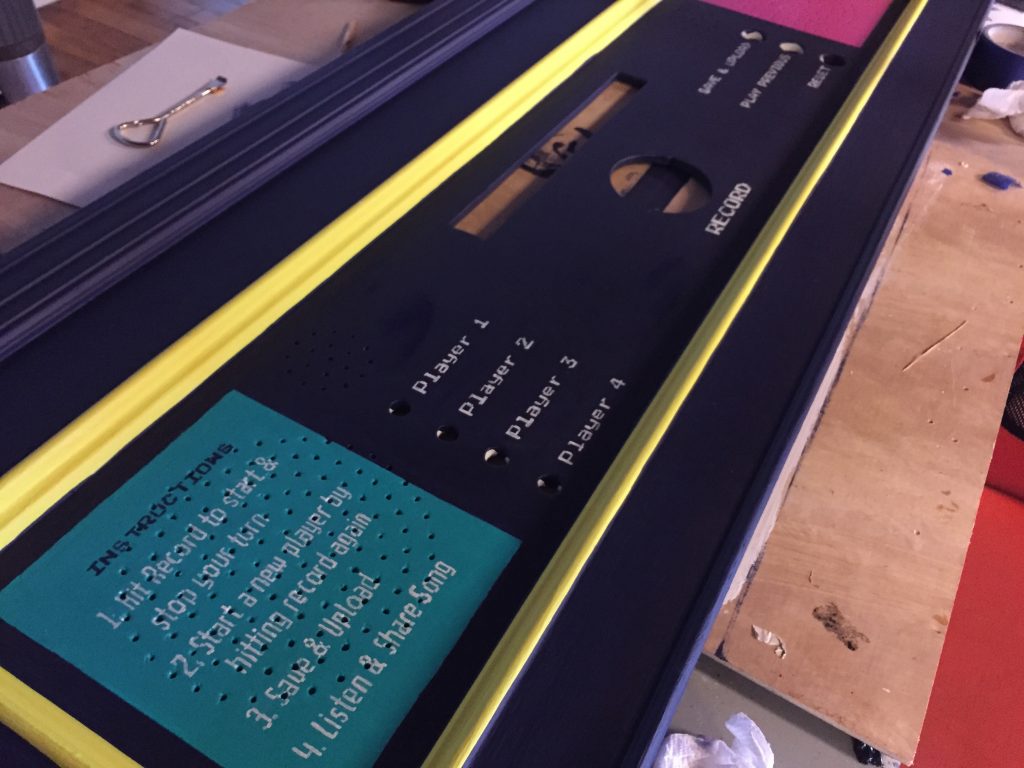
It is also essential for the Debussy I am learning for my Diploma (the ‘Prelude’ from Pour le Piano), which contains a small section of triplets over semiquavers. Unfortunately, for me, being able to play a cross-rhythm convincingly, and, more importantly, correctly, is a basic requirement for a pianist of my level of (so-called) expertise.
Quaver piano how to#
I suspect I was never taught how to do it properly by the teacher I had in my teens, though I do recall that one of my Grade 8 pieces, a Chopin Nocturne in D minor, had a few cross-rhythms, which were just skimmed over: I seemed to play them all right, and I passed my Grade 8 with a creditable mark. I am ashamed to confess that at my time of life (mid-40s) and pianistic ability (advanced), I have never truly mastered playing a cross-rhythm (for example, triplets in right hand over duplet quavers in left hand). Go here to learn about my top recommendation for learning how to play the piano.This week I am wrestling with one of my personal pianistic bête noirs: the dread cross-rhythm (or ‘poly-rhythm’). Here’s a lesson about rests, note values and time signatures. Go here to learn more about eighth rests and piano notes. The following diagram shows images of the various rests in music as well as their duration.

To draw a quaver, start just below the fourth line and draw a shape similar to the number seven. In example two, play F note on beat 1 for one beat, rest on beat 2 for half a beat then play F on the “and”. In the first example, count “1-and-2-and-3-and-4-and” and play an 1/8 note on each beat as well as its subdivision.

Here are examples of eighth notes and rests and how to count them. Always count “and” on the second half of each beat to subdivide each beat by two. When counting eighth notes or rests, count “1-and-2-and-3-and-4-and”. So while an 8th note gets half a beat in a 4/4 time signature, in a time signature with 8 at the bottom (for example 6/8), the 8th note gets one beat. In time signatures, the top number indicates how many beats in a measure while the bottom number indicates the kind of note that gets a beat. How many beats an 8th note or rest gets will all depend on the time signature of the musical piece. In other words two eighth rests make up a quarter rest, while four of them make up a half rest, and eight 1/8 notes make up a whole rest. In a 4/4 time signature, a whole rest lasts for four beats, a 1/2 rest for two beats, a 1/4 rest for one beat and an 1/8 rest for half a beat.Īn eighth rest is half the length of a quarter rest. Imagine hearing a speaker go on and on without any pause between the words. The combination of rests and notes makes music interesting. While the note makes a sound, the rest is silent. For instance a quarter rest has the same duration as a quarter note, a half rest has the same duration as a half note and a whole rest lasts as long as a whole note. Highly Recommended: Click here for one of the BEST piano/keyboard courses I’ve seen online.Įach of these rests correspond with a particular note value. There are different types of rests, these include the quarter rest, half rest and whole rest.

Let’s learn about the eighth rest, also called the quaver rest (British).įirst of all, a musical rest is a symbol used in music to represent silence.


 0 kommentar(er)
0 kommentar(er)
